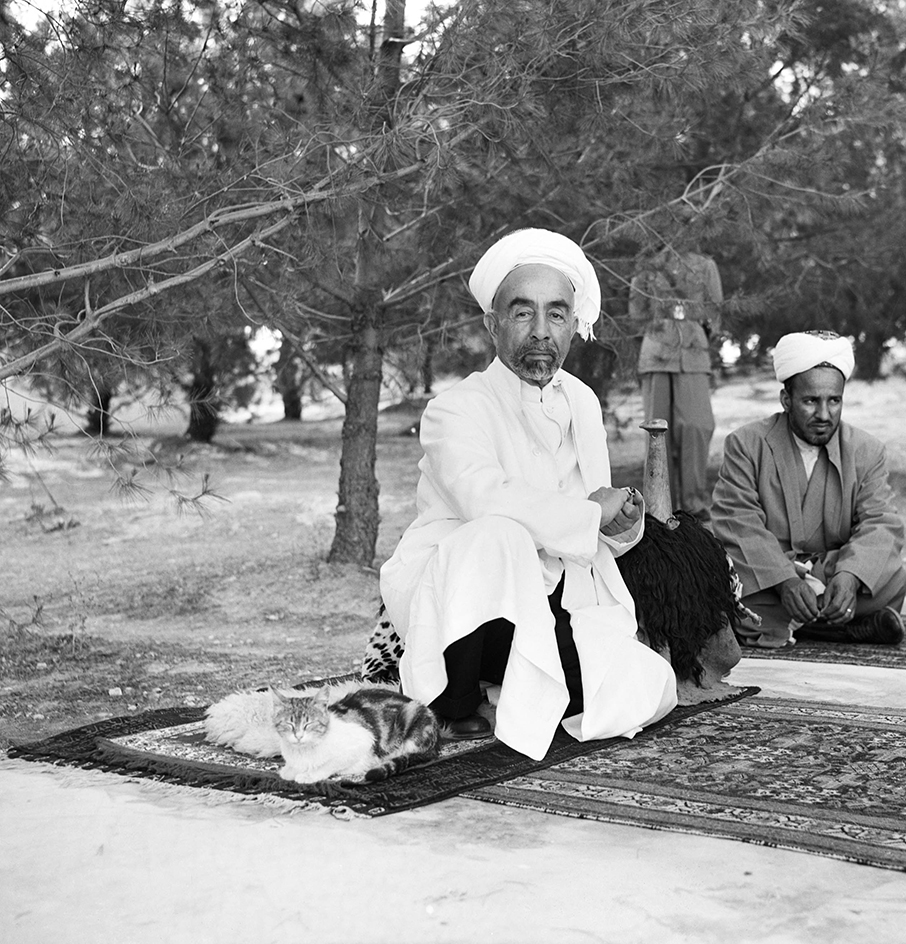Abdullah I (1882-1951) was the first king of the country of Jordan. Before 1949, Jordan was called Transjordan. In 1921, Abdullah began ruling Transjordan as emir, or prince. At that time, Transjordan was a territory administered by the United Kingdom, and Abdullah ruled with British supervision. Transjordan became independent from the United Kingdom in 1946, and Abdullah became king. Abdullah helped develop the foundations of the young country’s government. Abdullah was a member of Jordan’s Hashemite dynasty (family of rulers).

Abdullah bin al-Hussein was born in Mecca, in what is now Saudi Arabia, in 1882. Mecca, Islam’s holiest city, was at that time part of the Ottoman Empire. Abdullah’s family, the Hashemites, traces its ancestry back to Muhammad, the prophet whose life and teachings form the basis of Islam.
During World War I (1914-1918), Abdullah’s father, Sharīf Hussein of Mecca, led an Arab revolt against Ottoman rule. Abdullah and his brothers helped lead Arab forces. The United Kingdom was also fighting against the Ottoman Empire, because the Ottomans were allies of Germany in World War I. The British supported the Arab revolt, and the Ottomans were defeated in the Middle East.
After World War I, the United Kingdom administered Transjordan, at first as part of the mandated territory of Palestine. Mandated territories were areas taken from defeated nations and placed under the administration of victorious nations. In 1921, the British gave Transjordan partial self-government, and Abdullah ruled as emir. In 1922, Transjordan became a territory separate from Palestine. Abdullah made Amman the capital city of Transjordan.
Under Abdullah’s leadership, Transjordan adopted its first constitution in 1928 and held its first parliamentary elections in 1929. Transjordan became an independent nation in 1946, and Abdullah renamed it Jordan in 1949.
In 1947, the United Nations (UN) General Assembly decided on a plan to divide Palestine into an Arab state and a Jewish state. The Jewish state, Israel, formed the following year. Abdullah initially was the only Arab leader willing to accept the UN’s plan. Nonetheless, Jordan joined other Arab nations in going to war against Israel in 1948. Jordan’s army, the Arab Legion, fought for control of Jerusalem and other parts of Palestine. By early 1949, Israel had defeated the Arabs, but Jordan held onto territory that the Arab Legion had captured on the west side of the Jordan River. This land became known as the West Bank.
On July 20, 1951, Abdullah was assassinated by a Palestinian gunman while visiting the famous Al Aqsa Mosque in Jerusalem. Many scholars believe Abdullah was targeted because of his willingness to make peace with Israel. The gunman also fired at Abdullah’s 15-year-old grandson, Hussein, who was standing near the king. According to Hussein’s autobiography, a bullet bounced off a medal on Hussein’s chest, saving the boy’s life.
Abdullah’s son Talal succeeded him as king of Jordan. However, Talal was removed from the throne in 1952 because of mental illness. Talal’s son Hussein then took the throne. King Hussein I ruled from 1952 to 1999.
